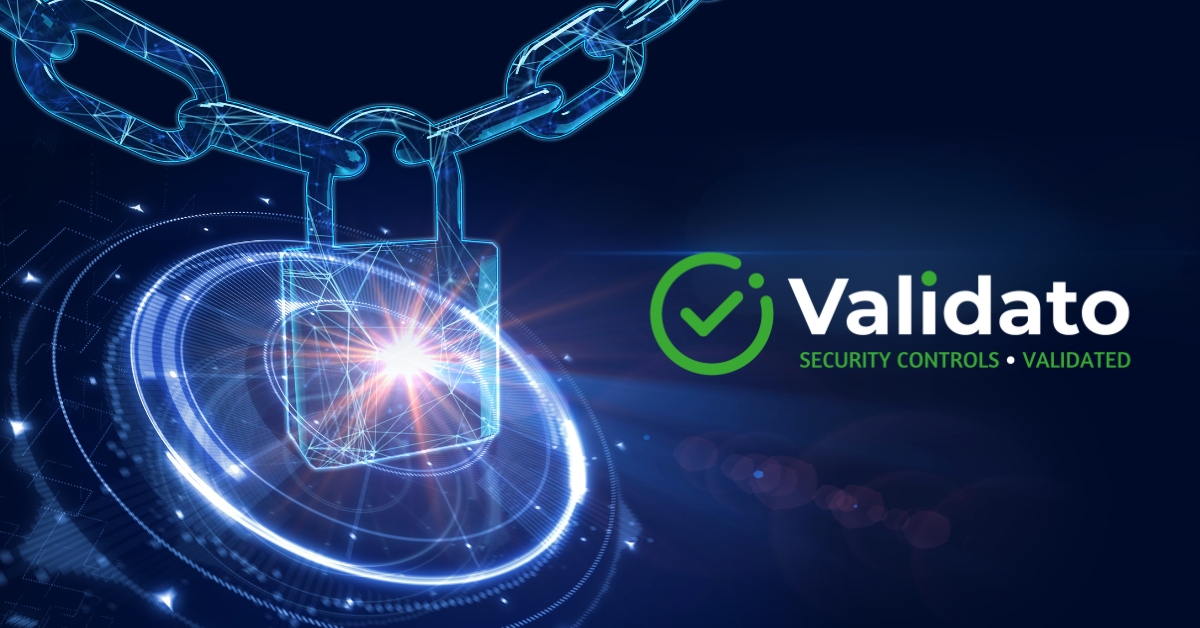Understanding Proactive Cybersecurity: A Complete Guide
Proactive cybersecurity is a forward-thinking approach to digital protection that focuses on anticipating and preventing security threats before they materialise. Unlike reactive methods that respond to breaches after they occur, proactive cybersecurity strengthens defences through preventative measures, helping organisations reduce vulnerability while optimising resources.
| Core Components | Benefits |
|---|---|
|
|
From Reactive to Proactive: Shifting the Security Paradigm
Traditional cybersecurity has often been reactive—waiting for incidents before taking action. This approach leaves organisations vulnerable during the critical period between an attack beginning and its detection. Proactive security shifts this paradigm by implementing preventative measures that address vulnerabilities before exploitation.
This approach involves continuous assessment of security controls, understanding emerging threats, and creating a resilient environment where potential attack vectors are sealed off. For organisations subject to regulations like NIS2 and DORA, this strategy not only improves security but demonstrates due diligence to regulatory bodies.
The shift requires both technological solutions and a changed security mindset, investing in threat-informed defence strategies and cyber threat simulations that continuously test controls against real-world attack techniques.
What is Proactive Cybersecurity?
Proactive cybersecurity anticipates and prevents threats before they impact an organisation’s systems or data. At its core, it’s about preventative action rather than incident response.
Key Components:
- Continuous monitoring and assessment of systems, networks, and applications
- Threat intelligence utilisation to understand emerging attack methods
- Regular security validation through simulated attacks
- System hardening and configuration management to reduce attack surface
- Privilege management to mitigate potential exploitation
This approach implements frameworks like MITRE ATT&CK to understand attacker operations and test defences accordingly. By adopting a proactive cybersecurity framework, organisations shift from continuously fighting fires to strategically allocating resources to prevent incidents entirely.
Regulatory Compliance Through Proactive Security
Frameworks like NIS2, DORA, and UK CSRA require organisations to demonstrate not just security control implementation, but their effectiveness against real threats. Proactive cybersecurity addresses these requirements directly.
Compliance Benefits:
- Demonstration of due diligence through regular testing
- Documentation of control effectiveness against real-world threats
- Evidence of ongoing security improvement processes
- Risk-based approaches aligned with regulatory expectations
Continuous security validation helps meet specific regulatory requirements while providing concrete evidence that security controls can withstand relevant threats. Beyond compliance, this approach reduces the likelihood of incidents that could trigger penalties, investigations, and reputational damage.
The MITRE ATT&CK Framework in Proactive Security
The MITRE ATT&CK framework provides a comprehensive knowledge base of adversary tactics and techniques observed in real-world attacks, serving as a foundation for understanding how attackers operate.
Strategic Applications:
- Identify gaps in defensive coverage
- Prioritise security investments based on relevant threat scenarios
- Validate controls against techniques used by actual attackers
- Develop more effective incident response playbooks
Platforms leveraging this framework allow organisations to safely simulate attacks that mimic real adversary behaviour, transforming theoretical security into practical defence. Regular testing helps security teams maintain effectiveness against evolving threats—a core component of proactive security posture.
Reactive vs. Proactive Cybersecurity: Key Differences
| Aspect | Reactive Approach | Proactive Approach |
|---|---|---|
| Timing | After incident occurs | Before potential incident |
| Focus | Incident response and recovery | Prevention and hardening |
| Cost impact | Higher (breach costs + remediation) | Lower (prevention costs only) |
| Business disruption | Significant during incidents | Minimal and planned |
| Security posture | Constantly catching up | Continuously improving |
The difference between approaches is substantial. Reactive security typically involves higher costs from breach recovery, disruption, regulatory penalties, and reputational damage. Proactive measures require upfront investment but result in significant savings by preventing costly incidents.
While both approaches have their place in comprehensive security, organisations emphasising proactive measures typically experience fewer incidents with less severe impacts.
Implementation Roadmap for Businesses
Implementing proactive cybersecurity requires combining technical tools, processes, and organisational awareness:
- Validate security controls through simulated attacks based on real scenarios
- Implement continuous monitoring of systems and networks
- Review and manage user privileges to reduce unnecessary access
- Develop and test incident response plans before breaches occur
- Conduct configuration hardening based on industry standards
- Leverage threat intelligence to stay informed about emerging risks
Tools like security controls validation platforms test defences against real attack techniques without risking actual systems. For organisations with limited resources, focusing on threat-informed defence provides the best return on investment by testing against industry-specific threats.
Key Takeaways: Strengthening Your Security Posture
Adopting a proactive cybersecurity approach delivers substantial benefits beyond basic security enhancement:
- Reduced vulnerability to ransomware and costly attacks
- More effective regulatory compliance with validation evidence
- Optimised security spending focused on actual vulnerabilities
- Improved business continuity through incident prevention
- Enhanced stakeholder confidence in security effectiveness
Proactive security changes the equation from constantly responding to threats to preventing them from succeeding initially. This approach improves security outcomes while reducing costs and effort associated with managing cyber risk.
For organisations facing increasing regulatory pressure and evolving threats, implementing proactive cybersecurity measures is an essential component of responsible business operations and risk management.
If you’re interested in learning more, contact our expert team today.


